Union Protesters Return to Campus with Infamous Inflatable Rat
October 30, 2018
Will D. Cat faced serious competition this week, when another furry friend arrived on campus—a twelve-foot-tall inflatable rat. His fangs bared in a snarl, accompanied by a sign emblazoned with the words “SHAME ON VILLANOVA,” he and the protestors that brought him were certainly hard to miss. Why were they there in the first place?
Although hardly common knowledge among college students, the rat is a recognized symbol in blue-collar industries for the dissent of union workers. In this case, members of the Sheet Metal Workers of Philadelphia spent their chilly mornings at the University to protest the construction of the new Performing Arts Center across the street.
While the University habitually contracts skilled workers from labor unions—such as the masons hired for the stonework facing on the new apartment complex—a new contractor has been hired from Delaware to complete the Arts Center project, with plans to bring in unskilled labor to finish the job. Unskilled laborers do not belong to unions, and therefore are typically paid minimum wage (around $8 in Pennsylvania), rather than the prevailing wage negotiated for union workers. The higher prevailing wage is determined in each area according to cost of living and the specifics of each project, and entitles workers to benefits such as health insurance.
The use of prevailing wage on federal contracts was hard-won by labor unions, but private contractors—such as the University—have the option of hiring companies with workers from outside of labor unions and paying them a minimum wage to cut costs. Steve Knecht, one of the union protestors on campus this week, estimated the difference to “easily” surpass $8,000, but emphasized that these savings came at the steep cost of workers’ rights.
The protesting men referenced the victories of unions during the Industrial Revolution era: minimum wages, child labor laws, safety codes and benefits.
“We’re just trying to fight for what we started a hundred years ago,” Tony Dragan, another protestor, explained. When contracting companies choose to hire from outside of unions, the union’s members go without work.
“This is a blue-collar town,” the men repeated. Although the union holds no grudge against the unskilled workers, it believes out-of-union hiring is to the detriment of everyone, because it allows companies an option not to provide much needed benefits rather than mandating them industry-wide.
Further, skilled union workers have attained their certifications with much toil. After a five-year apprenticeship in an industry, being denied benefits and passed over for work in favor of someone less qualified can be difficult for potential workers.
LF Driscoll, the construction company in charge of the Performing Arts Center, was easy to contact but difficult to pin down. Al Fazzini, the Director of Marketing, stated that the company could offer “no comment” on the protests at this time but called back to encourage a redirection in questioning. The real answers, he said, would be found with the University’s Facilities Management Office: “We’re under contract to them.”
The University, meanwhile, wished to emphasize that the majority of campus construction was performed by union workers, and that all decisions concerning the construction are beholden to the University’s “fiduciary responsibility to prudently manage. . . finance[s] . . . and make decisions. . . in the best interest of the University.”
Jonathan Gust, the University’s Director of Media Relations, iterated that workers on the construction project receive a “just wage and benefits package,” regardless of their union status.
“Wages far exceed the Pennsylvania minimum wage,” Gust stated. He continued to say “A just wage is informed by considerations such as commensurate salaries, local economic conditions (especially cost of living) and employee benefits. The University undertook a detailed wage analysis to ensure that our decisions followed these principles. This process grounded our understanding of a just wage for the trades being hired and informs our process for making final selections.”
Despite their “SHAME ON VILLANOVA” sign, the protestors were extremely happy to speak and were eager to get their message out to students. “Basically, we’re trying to get the University to put pressure on [the construction company],” Knecht said. The protestors held no ire for the students, but some students seemed to feel differently: “We…had a kid spit on the rat and kick it,” Knecht stated, then added, “They just don’t understand what we’re here for.”
Knecht and Dragan acknowledged that literature about their protest would be helpful to promote understanding, but they were disappointed to hear that the University’s students would be so disrespectful without bothering to ask a single question.
The inflatable rats and the protests will continue for the forseeable future.


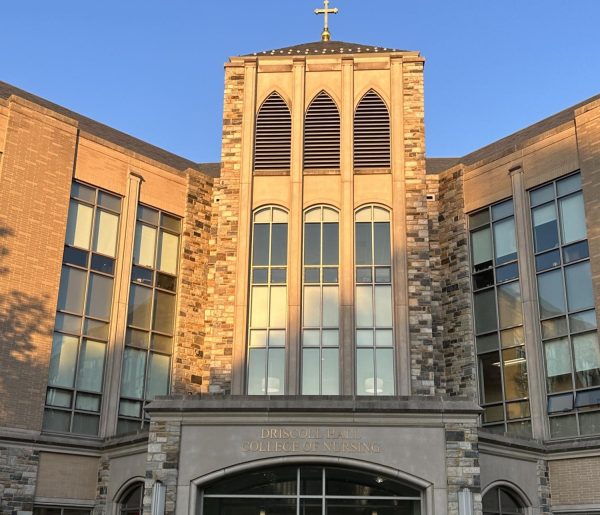
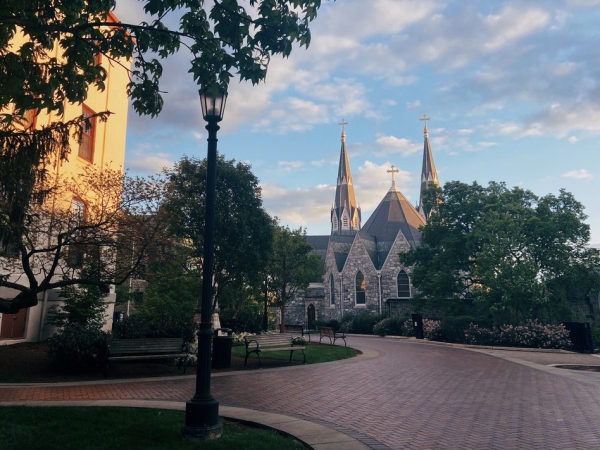

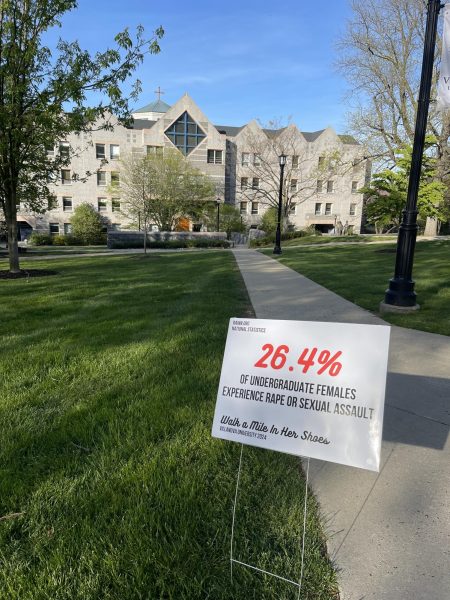
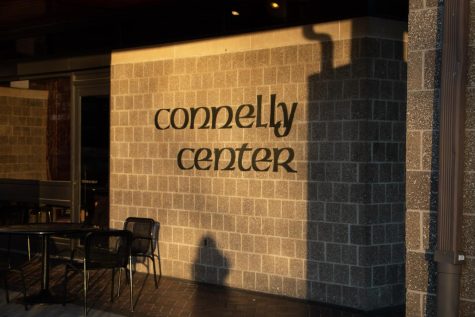
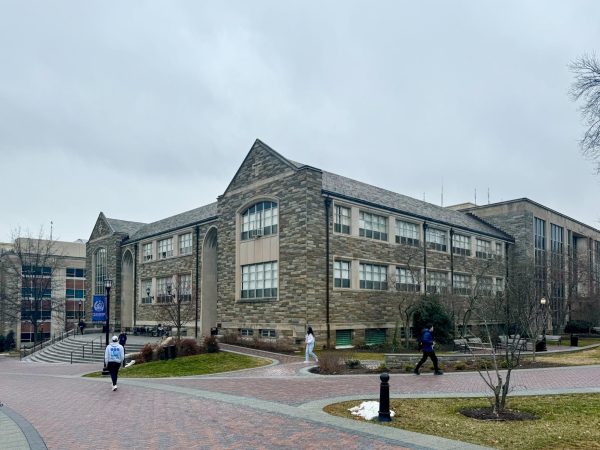
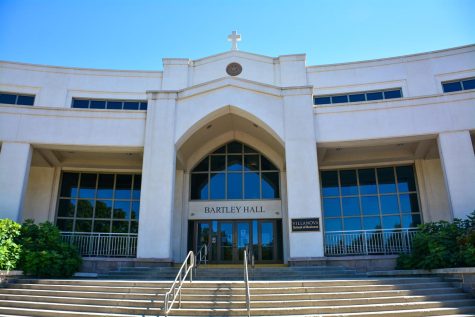
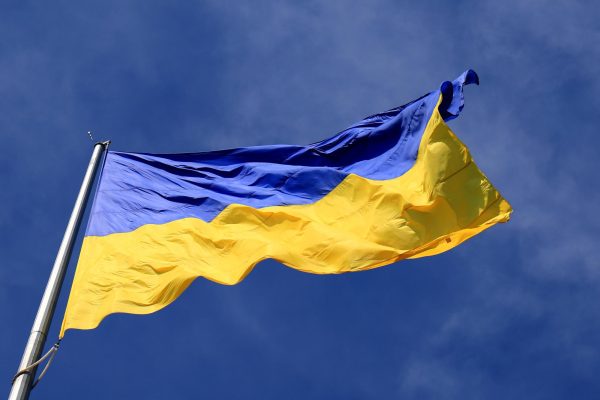
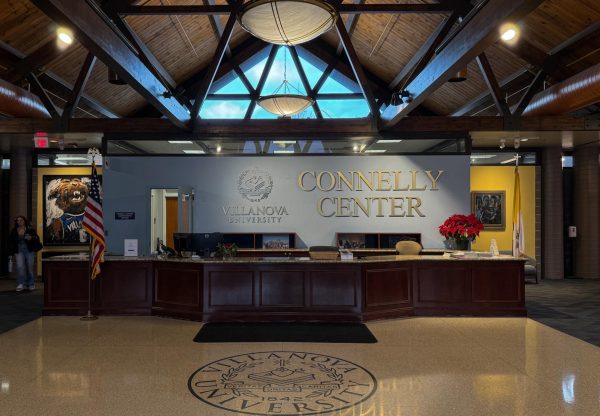
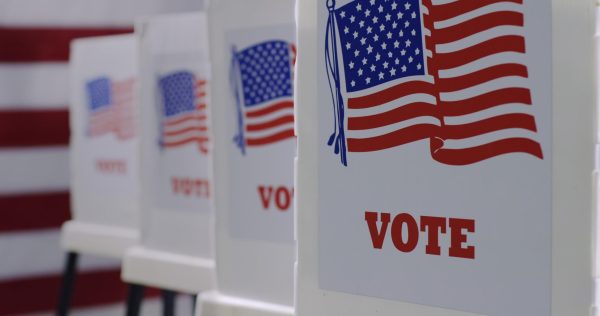

Vince Walls • Aug 11, 2023 at 10:23 am
Villanova is a blue collar town?